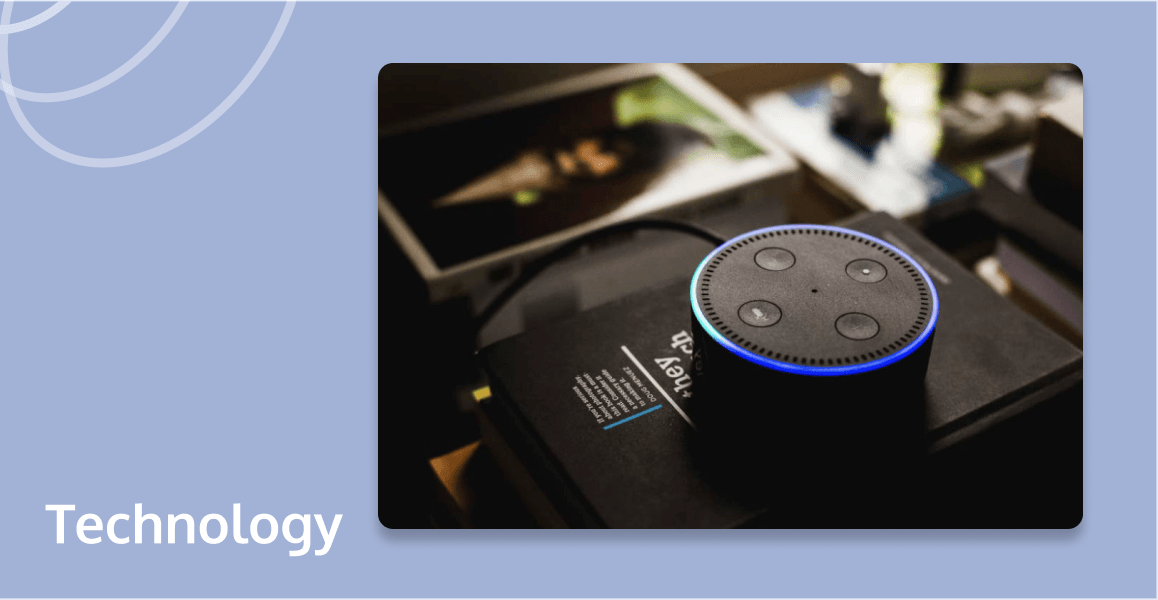
As we increasingly rely on digital platforms for meetings, calls, and multimedia production, the demand for sophisticated echo cancellation technology has never been more critical. This technology not only refines audio quality but also enhances the overall communication experience, enabling both individuals and businesses to communicate more effectively.
If you are looking to understand how echo cancellation technology works and its significance in today's connected world, this guide is tailored for you. We will delve into the mechanics of echo cancellation, discuss its importance, and help you choose the right solution for your needs. Read on to learn how you can improve your audio interactions significantly.

What Is Echo Cancellation?
Echo cancellation is a technology used in audio and communication systems to improve sound quality by removing echo from voice transmissions. Echoes typically occur when sound emitted from a speaker is picked up by the microphone and retransmitted back into the audio stream. This can create a disruptive feedback loop that makes it difficult for participants in a conversation to hear and understand each other clearly. Echo cancellation algorithms detect the echo by comparing the incoming audio signal with the original signal and then subtract or cancel out the echo from the audio feed before it reaches the listener. This process ensures clearer and more intelligible communication in real-time audio environments.
How Does Echo Cancellation Work?
Echo cancellation works by identifying and neutralizing the echo before it can interfere with the clarity of the communication. This process involves several steps and utilizes both active and adaptive techniques to ensure effective echo removal.
Active Echo Cancellation: This method involves creating an inverse signal that specifically counters the echo. The echo canceller first identifies the echo path—the route the original signal takes from the speaker to the microphone—and then generates a signal that is the exact opposite of the anticipated echo. When this inverse signal is played, it effectively cancels out the echo by destructive interference.
Adaptive Echo Cancellation: Unlike active echo cancellation, which relies on a fixed echo path, adaptive echo cancellation continuously adjusts to changes in the echo path. This is crucial in dynamic environments where the distance between speakers and microphones can change, or where different acoustic properties can alter how sound travels. Adaptive echo cancellation uses algorithms that adapt in real-time to the variations in the echo path. It continually analyzes the incoming audio signal, compares it with what the microphone picks up, and adjusts the cancellation signal to match any new echoes that may occur.
Importance of Echo Cancellation in Audio Communication
Echo cancellation plays a critical role in enhancing audio communication across various platforms, particularly in environments where clarity and quality of sound are paramount. Its importance stems from several key benefits:
1. Improved Speech Clarity: Echo can significantly degrade the quality of voice communication, making it difficult for participants to understand each other. By eliminating echo, echo cancellation technology ensures that voices are clear and comprehensible.
2. Enhanced User Experience: Echoes can be distracting and frustrating for users, particularly during long or important calls. Echo cancellation improves the overall user experience by providing a smoother, more natural interaction.
3. Increased Productivity: In business and educational environments, clear communication without disruptions leads to more efficient meetings and learning sessions. Echo cancellation minimizes misunderstandings and repeated information, thus enhancing productivity.
4. Better Audio Quality for Broadcasts and Recordings: For media production, whether it's podcasting, broadcasting, or creating video content, echo cancellation ensures that the final output is of the highest audio quality.
5. Support for a Wide Range of Environments: Echo can be a problem in various physical environments, from large boardrooms with hard surfaces to small home offices. Echo cancellation technologies adapt to different acoustics, making them versatile for use in multiple settings.
Choose the Right Echo Cancellation Solution With Tencent RTC
When selecting an echo cancellation solution like Tencent RTC, consider the following aspects:
- Integration Capabilities: Ensure that the echo cancellation solution integrates seamlessly with your existing systems. Tencent RTC's APIs and SDKs are designed for easy integration into various applications, which simplifies the process of embedding advanced audio features.
- Performance and Reliability: Choose a solution that offers robust echo cancellation performance, capable of handling different acoustic environments and varying network conditions. Tencent RTC is known for its high-quality audio processing capabilities that minimize latency and provide clear audio communication.
- Scalability: The solution should be able to scale according to your needs. Tencent RTC supports large-scale deployments, making it suitable for applications ranging from small team meetings to large webinars or online classrooms.
- Support and Documentation: Look for a solution that offers comprehensive documentation and technical support. Tencent provides detailed documentation and developer support to assist with implementation and troubleshooting.
- Cost-Effectiveness: Evaluate the cost implications of the echo cancellation solution to ensure it aligns with your budget while meeting your technical requirements.
Conclusion
This guide has provided a comprehensive overview of echo cancellation, explaining its mechanisms, significance, and implementation. By understanding the content presented here, you can improve your audio communication systems by effectively integrating sophisticated echo cancellation technologies like those offered by Tencent RTC. Now you can both boost the quality of your communications and enrich the overall user experience in any application reliant on clear and effective audio exchanges.
If you have any questions or need assistance, our support team is always ready to help. Please feel free to Contact Us or join us in Telegram.
FAQs
What Are Some Common Challenges Faced in Echo Cancellation?
Echo cancellation often encounters challenges such as varying acoustic environments, which affect sound propagation and echo generation. Handling double-talk, where both speakers talk simultaneously, complicates distinguishing desired speech from noise. Additionally, network variability can delay echo detection and cancellation, impacting effectiveness. Hardware limitations also play a role, as suboptimal microphones and speakers can degrade the audio inputs and outputs.
How Does Echo Cancellation Affect the Overall User Experience in Communication Applications?
Echo cancellation significantly enhances the user experience in communication applications by providing clearer audio, which is crucial for understanding and engagement during calls. It eliminates distractions caused by echo, leading to more productive and enjoyable conversations. Effective echo cancellation also reduces listening fatigue, as users do not have to strain to discern words against background noise, making digital communications feel more natural and less tiring.


